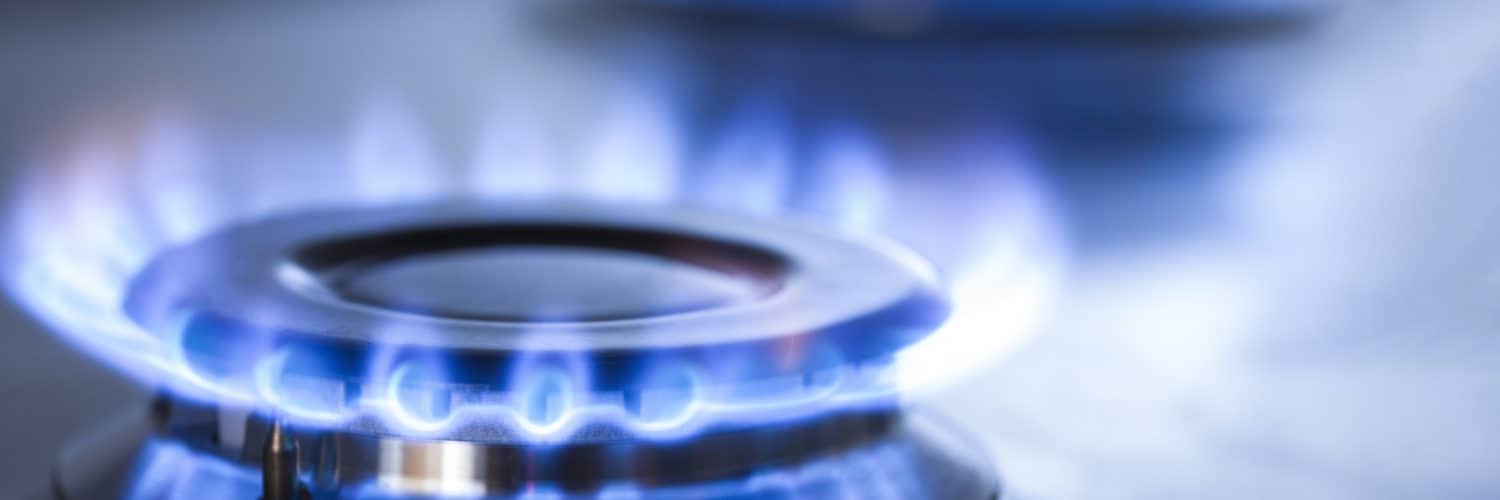Henry Hub natural gas futures for December rallied higher on Wednesday to settle at US$5.068/MMBtu, with prices up over 5% from Monday’s close of US$4.789/MMBtu. With the U.S. Thanksgiving holiday, the market reacted to the EIA storage report that was released early, as well as strong demand for US liquified natural gas (LNG) exports. As reported in the EIA November Short-Term Energy Outlook, it is estimated US LNG exports averaged 9.8 Bcf/d in October, up 0.3 Bcf/d from September, supported by significant differences between US Henry Hub prices and spot prices in Europe and Asia. North American natural gas prices continue to remain elevated despite US dry production of 97 Bcf/d, nearing 2021 highs, and milder temperatures to start the heating demand season. The EIA forecasts US dry gas production to average 95.2 Bcf/d for the rest of this winter (November-March) and average 96.7 Bcf/d during 2022. The risk of volatility remains as winter weather will be a key driver of demand and prices in the upcoming months.
The EIA estimated working gas storage was 3,623 Bcf for the week ending November 19th, following the first withdrawal for the season of 21 Bcf. The report was in line with market expectations and the gap between the 5-year average narrows. Storage levels are now 8.1% below year-ago levels and, relative to the five-year average, 1.6% less. For the week ending tomorrow, a withdrawal of 58 Bcf is expected as cooler temperatures increase heating demand.
In Canada, prompt-month futures for AECO are trading at C$4.53/GJ, while Dawn is trading at C$6.00/GJ. Prices have trended higher week-over-week by C$0.03/GJ and C$0.39/GJ at AECO and Dawn, respectively. The November spot rate at Dawn has averaged C$5.90/GJ month-to-date and AECO has averaged C$4.47/GJ month-to-date. Point Logic reports Canadian natural gas storage for the week ending November 19th was sitting at 672 Bcf, after an overall withdrawal of 1 Bcf. This withdrawal decreases storage inventories to 4.8% below the 5-year average and 14% below storage levels last year at this time. Canadian storage is 77% full, with Eastern storage levels now at 96% capacity and Western storage 70% full. A withdrawal of 2 Bcf is expected for the week ending tomorrow.
With European natural gas prompt month futures trading at about 5 times their normal value since the summer, one wonders if the region’s largest supplier, Russia (41% of all imports) is literally printing money because of the whole affair. Last week Gazprom announced it will be doubling its year-over-year investment spending in 2022, up to $24 billion. The Kremlin-controlled giant will be ramping up development in new natural gas deposits in the Yamal peninsula, where it is said one-fifth of global gas reserves are held. Even more Yamal peninsula-sourced gas will be flowing through Nord Stream 2 once it’s up and running (Spring 2022?). Gazprom announced it will also be investing in pipelines and infrastructure to achieve its goal of quadrupling exports to China by 2024.
– Karyn Morrison, Energy Advisor / Grace Wilton, Senior Energy Advisor








Add comment